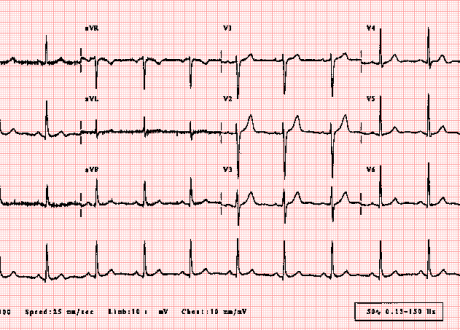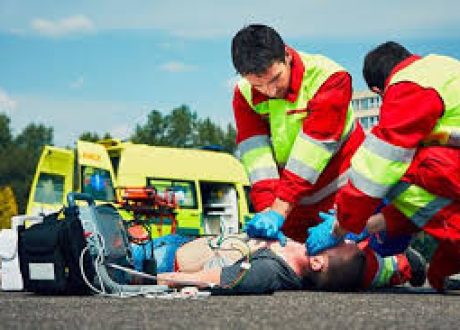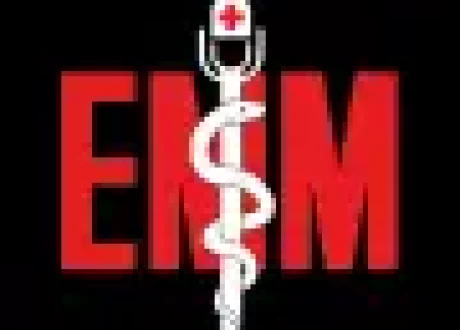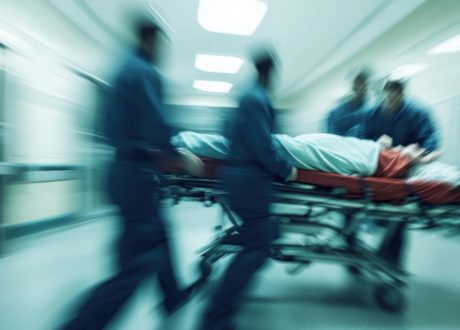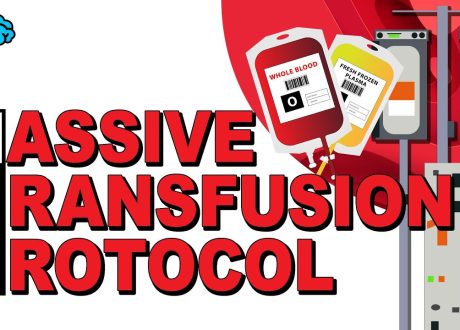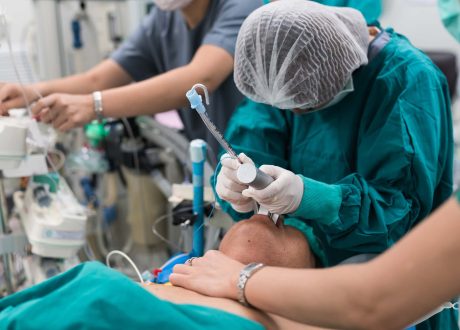Written by Jason Lesnick
![]()
For patients with return of spontaneous circulation (ROSC) in the ED, a massively oversimplified summary is target normal: BP, O2, CO2, and temperature.
Congrats, you got ROSC! Now what?
There is a large pool of research concerning ways to manage these extremely sick patients who are at risk for re-arrest and post-arrest syndrome. This narrative review paper summarizes the current literature on targeted temperature management (TTM), optimal MAP goals, avoiding hypoxia/hyperoxia, avoiding hypocarbia or severe hypercarbia, who benefits from post-ROSC cardiac catheterization, the role of CT, and empiric administration of antibiotics or steroids.
Current evidence suggests that we should focus on optimizing circulation with fluids or vasopressors, targeting a MAP > 65 mmHg (ideally > 80 mmHg to maintain cerebral perfusion pressure > 60), oxygen saturation of 92–98% with lung protective ventilator settings, and PaCO₂ 35–55 mmHg.
Use of CT head-to-pelvis identifies etiology of the arrest in up to 39% of patients. Hypothermic TTM (32–34°C) shows no advantage over normothermic TTM (with avoidance of fever) in mortality or neurologic outcomes. Corticosteroids are not routinely indicated. Antibiotics aren’t either, unless the patient is intubated and receiving TTM. Emergent coronary angiography improves outcomes in select patients with post-ROSC STEMI on ECG or those who had ventricular dysrhythmias as their rhythm during arrest.
How does this change my practice?
This paper provides interesting data regarding the diagnostic utility of CT in post-ROSC patients. I’ll be sharing this review with learners interested in post-ROSC care!
Source
Emergency medicine updates: Managing the patient with return of spontaneous circulation. Am J Emerg Med. 2025 Jul;93:26-36. doi: 10.1016/j.ajem.2025.03.039. Epub 2025 Mar 19. PMID: 40133018


